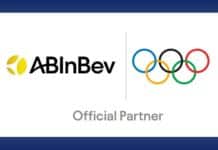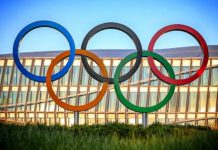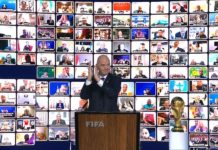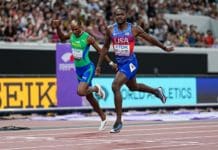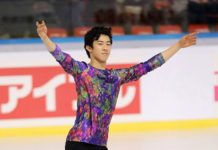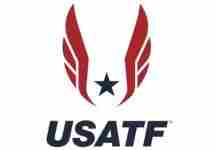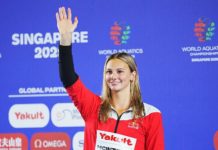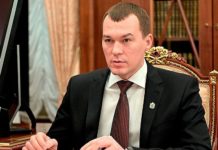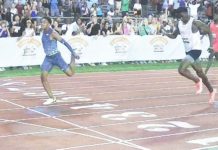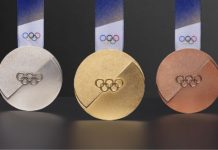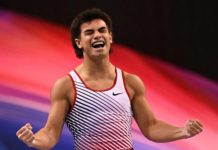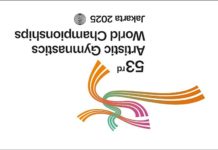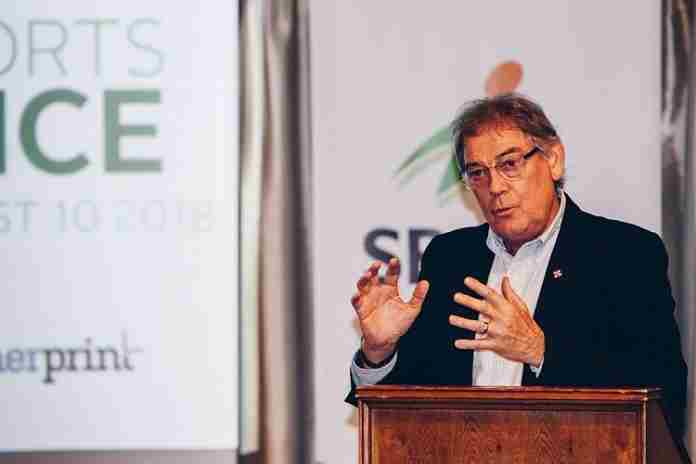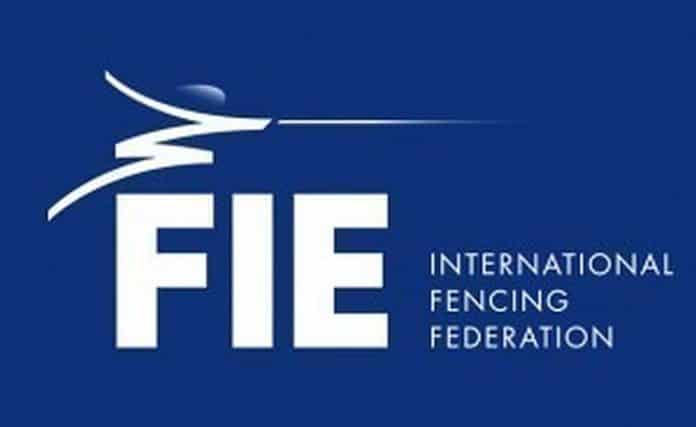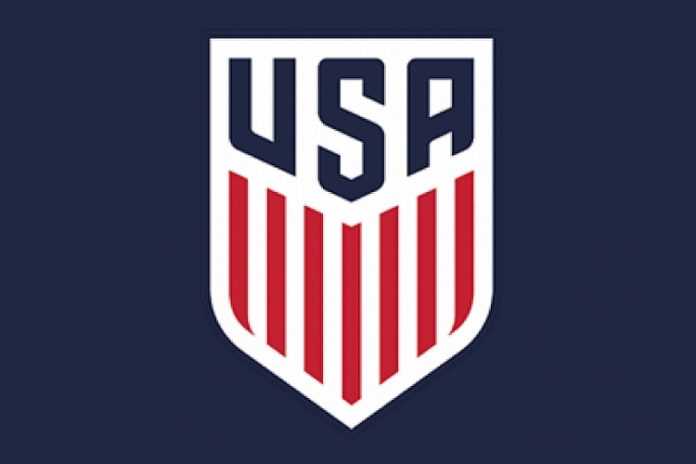★ The Sports Examiner: Chronicling the key competitive, economic and political forces shaping elite sport and the Olympic Movement.★
★ To get the daily Sports Examiner Recap by e-mail: sign up here! ★
≡ HOWMAN WARNS ON DOPING ≡
“Have we devoted sufficient resources to determine what the cheats are now doing?
“Find out what the bad guys are up to before you have spent time and money attempting to catch them. Basic reasons for this are that those of us trying to catch them do not think like cheats, and do not look at how to beat the rules, just how to enforce them.
“People advising athletes how to break the rules might be lawyers, doctors, scientists, coaches, parents or others. All may have different ideas or ways. How to use the Whereabouts rules to dope yet avoid a 4-year penalty and perhaps accept a 2-year sanction.”
That’s from Athletics Integrity Unit Chair David Howman (NZL), from his keynote address to the U.S. Anti-Doping Agency’s annual Symposium on Anti-Doping Science, held on 27 September in Atlanta, Georgia.
His remarks, obtained from the USADA with the permission of the AIU, underlined the very real challenges being faced by the anti-doping movement today – including pressure on funding – and asked:
● “Can we undertake higher-quality testing based on data gathered by intelligence?”
● “Can we change the quantitative approach to a qualitative one so that cheats are caught?”
Howman further asked what seems like a question that must have been answered already. But:
“Without a measure for doping behaviour reliably, evaluating the effectiveness of anti-doping programs is ILLUSIVE.
“I quote from the Chair of the WADA Prevalence Committee: “Despite the importance and abundance of cumulated data over time the evidence base for doping prevalence in competitive sport is still weak and fragmented with most evidence pointing to a prevalence rate of 0 to 5% overall, and up to 30% as the most plausible estimate in sport- and method- specific analyses.”
That’s a disaster and far from the less-than-1% doping violations seen in the blizzard of testing statistics issued by the World Anti-Doping Agency and others. And Howman – politely – ripped into the anti-doping infrastructure now in place:
“The programs have remained pretty much the same. Registered testing pools (RTPs) at both National and international levels require mandatory testing for those RTP athletes. This can lead to testing by numbers rather than quality testing. Why – because to be compliant requires an RTP and 3 tests per annum for each athlete in that RTP.
“There is little guidance as to how and when tests might best be taken, just a minimum, and the ADO [anti-doping organization] is compliant. And, is there any guideline as to the numbers that must be in an international sport RTP? Particularly team sports? If so, has that led to more effective testing?”
He returned to the question of, is the mostly-testing regimen actually reducing doping?
“[W]e don’t seem to have any ability to confirm any of it.
“And the reports provide data which is already old. So, to answer the question whether the industry is successfully reducing doping is difficult.
“Perhaps it might be a little how we have ‘stopped’ corruption in our societies. If you don’t look very hard you don’t see.
“I suggest we have not reached the ‘ridding’ nirvana, in fact, we are still only catching the dopey dopers and they are getting dopier. Most sophisticated dopers still evade detection.” (emphasis added)
That’s a terrible conclusion, especially from someone who was the Director General of the World Anti-Doping Agency from 2003-16. But Howman, who said at the start of his talk that his aim was to move forward and not slap backward, had some ideas, including:
● Analyze some samples at non-WADA-accredited labs for intelligence purposes, for faster turnaround and “use” cases; he noted, “[f]or example, pathology labs for cheap profiling, hair testing, forensic analysis.”
● “Contaminated products: Currently manipulation of supposed contaminated products is a problem. Proving product contamination might usefully require independent sourcing of product, independent testing. Three groups are looking at this issue.”
● Introducing a way for WADA to “rank or grade” anti-doping organizations on the quality of their program as a way to “encourage, support and incentivize excellence in anti-doping by developing a program to grade ADOs on quality/excellence.” Now, only compliance is rewarded, not quality.
Howman opened his remarks by stating “I was intending to be provocative and somewhat of a devil’s advocate, but I realize to some that is being critical, and my intention here is to provide a positive picture of what might be, and to raise the bar of anti-doping practice,” and he noted that an overlooked aspect of the doping trade is what happens to the athlete who is cheated:
“In 2002, Beckie Scott was 18 months later awarded the gold medal, the only athlete in Olympic history to have won bronze, silver and gold in one event. How have we compensated those who missed their day on the podium and all the accompanying opportunities of sponsorship and money?
“ANSWER: We haven’t. So why not?
“Probably because we have not thought laterally enough to even imagine such a possibility. Maybe because it is not covered by any rule, regulation or process among the hundreds of pages enveloping anti-doping now. Surprisingly, it has not been raised by any of the many athlete groups across the network.”
Now 51, Canadian cross-country skiing star Scott was originally the bronze medalist in the 2×5 km Pursuit race at the 2002 Winter Games in Salt Lake City, but became the gold medalist after the two Russians ahead of her were disqualified for doping.
Howman suggested:
“Perhaps a fund to which applications from athletes can be made to an independent board following set rules and processes. The fund might be established by sport by adding 0.5% to all broadcast contracts as an integrity fund. Whatever is proposed, can it be started, please.”
Howman’s message in Atlanta is that the anti-doping effort now is still not what is hoped for and those with ingenuity, money and support are still cheating. But with an approach that rewards catching cheaters – even before they start – and not simply being compliant with the myriad of rules and regulations that make up the anti-doping world today, meaningful progress will be at hand.
¶
★ Receive our exclusive, weekday TSX Recap by e-mail by clicking here.
★ Sign up a friend to receive the TSX Recap by clicking here.
★ Please consider a donation here to keep this site going.
For our updated, 850-event International Sports Calendar for 2025, 2026 and beyond, by date and by sport, click here!



